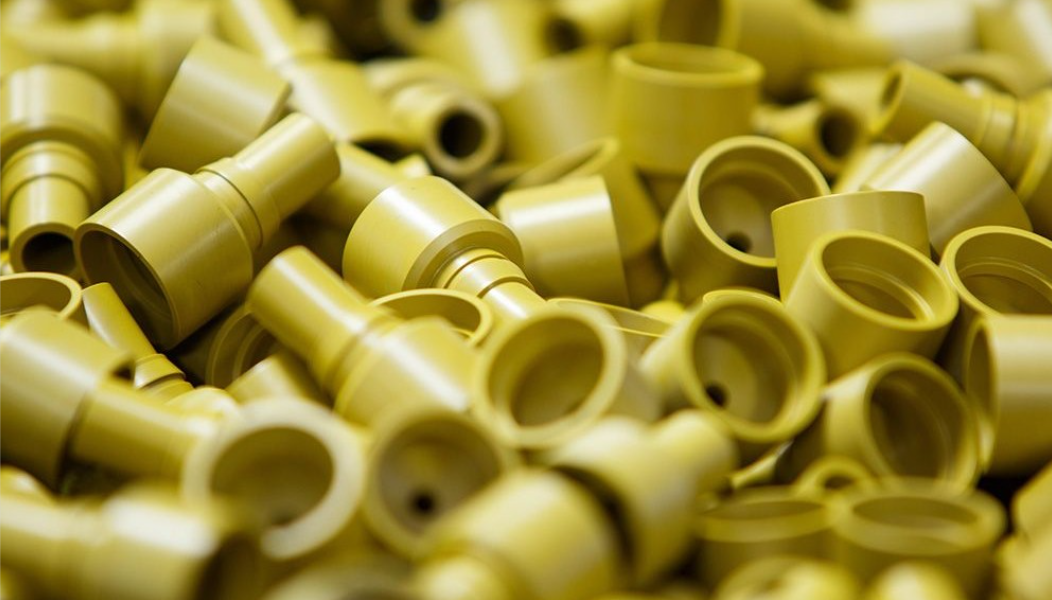Because of its light quality, good performance, simple manufacture, corrosion resistance, impact resistance, design freedom, and other characteristics, plastic is widely used in the automotive industry. The amount of plastic used in a car has become one of the standards to measure the development level of a country’s automobile industry. In developed countries, the amount of plastic used to produce a car has reached 200kg, accounting for about 20% of the total vehicle mass.
The automobile bumper is one of the automobile big decorations, it combined safety, function, and decoration as a whole. The lightweight of automobile bumpers is mainly realized by material upgrading, structure optimization, and new manufacturing process. Material upgrading refers to replacing the original material with a low-density material under certain conditions, such as replacing steel with plastic. The structural optimization design of the bumper mainly includes thin-walled technology; The new manufacturing process includes micro foaming materials and gas-assisted molding and other new technologies.
Bumper materials usually have good characteristics. such as better impact resistance and weather resistance, good paint adhesion, liquidity, processing performance, low price PP materials are undoubtedly the best choice. PP is a kind of general plastic with excellent performance, but its low-temperature performance and impact resistance is poor, not wear-resistant, easy to age and dimensional stability is also poor, so it is usually used to modify the PP car bumper production materials. At present, polypropylene auto bumper special materials are usually PP-based materials and add a certain proportion of rubber or elastomer, inorganic filler, color masterbatch, additives, and other materials after mixing processing.
The thin-wall bumper is easy to causes warping deformation, which is the result of internal stress release. The thin-walled bumper will produce internal stress for various reasons in each stage of injection molding. Generally, it includes orientation stress, thermal stress, and stripper stress.
Orientation stress is the internal attraction caused by insufficient relaxation of fiber, macromolecular chain, or chain segment in a melt along with a certain orientation. Orientation is related to thickness, melt temperature, mold temperature, injection pressure, and holding time. The greater the thickness, the lower the orientation; The higher the melt temperature, the lower the orientation; The higher the mold temperature, the lower the orientation; The higher the injection pressure, the higher the orientation; The longer the holding time, the greater the orientation.
Thermal stress is caused by large temperature differences due to high melt temperature and low mold temperature, and uneven mechanical internal stress is generated due to rapid melt cooling speed in the area close to the mold cavity.
Demoulding stress is mainly caused by the insufficient strength and stiffness of the mold, the elastic deformation under the action of injection pressure and jacking force, and the uneven force when the jacking rod is distributed irrationally.
The thin-walled bumper will also have the problem of demoulding difficulty because the wall thickness table is small and there is a small amount of shrinkage so that the product tightly adhered to the mold; Because of the high injection speed, it is difficult to control the holding time. The normal opening of the mold requires the injection machine to provide enough force to open the mold, and the force should be able to overcome the resistance during the mold opening.
In order to solve the above problems, we should pay attention to the following problems:
- Improve mold design. Select suitable mold material, improve mold’s heat strength and wear resistance. Reasonable mold structure design and manufacturing, appropriate increase push plate and plate thickness improve the stiffness of the mold, reduce the elastic deformation of the mold.
- Improve the manufacturing and matching precision of core-pulling mechanism and motion system, reduce the surface roughness of cavity, core, and punch components, and reduce the demoulding force. Because of the need for higher design and precision after thin-walled products, usually set the interlocking devices to prevent the relative displacement of the core and cavity.
- Rational design of casting system. The design of the flow channel should make the plastic parts transition from the thicker area to the thinner area during the injection process.
- Make sure there are plenty of vents. In terms of the injection process, the internal stress of plastic parts should be minimized to improve injection speed and reduce cooling speed. Therefore, the melt temperature and mold temperature need to be increased in order to relax the orientation.
- Choose reasonable injection pressure, holding time, and cooling speed.





